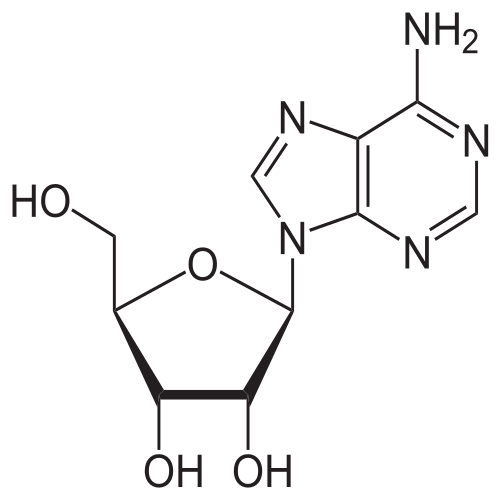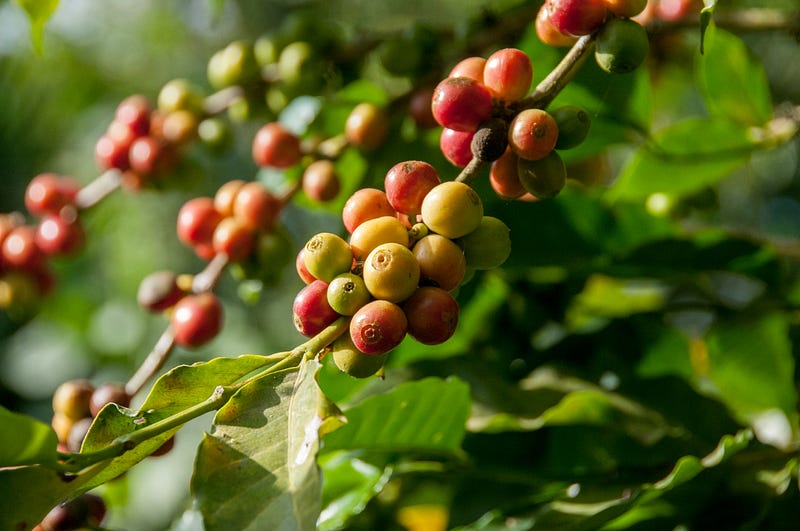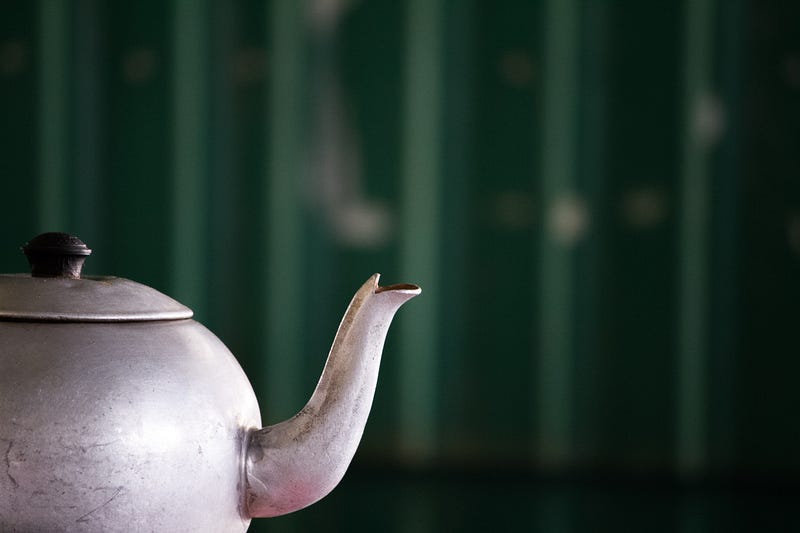# Five Fascinating Insights About Your Morning Coffee Experience
Written on
Chapter 1: The Relationship with Coffee
My connection with coffee is quite complex. Just one cup and I transform into my most vibrant self: alert and enthusiastic, ready to tackle the day ahead. However, overindulging in this beloved beverage can lead to a jittery experience.
While I adore coffee for its rich, bitter profile and the bright acidity balanced by sweet caramel undertones, moderation is key. It’s unfortunate because the delightful aroma often lures me into the kitchen. Coffee is my morning savior, dragging me out of my half-asleep state, especially during those chilly winter mornings when the thought of it is far more motivating than any alarm clock.
Are you sipping on your favorite brew right now? Have you ever pondered the science behind this globally cherished beverage?
Caffeine Functions Like Adenosine in the Body
Caffeine acts as a stimulant for the central nervous system, classifying it as a psychoactive substance. One of the reasons it energizes us is its ability to imitate adenosine, a neurotransmitter that promotes sleepiness.
Adenosine binds to specific receptors, leading to a reduction in nerve activity as its levels rise throughout the day. By the evening, this buildup of adenosine can make us feel quite drowsy.

The structural similarity of caffeine allows it to attach to adenosine receptors without inducing sleepiness. As a result, fewer receptors are available for adenosine, making us feel temporarily more alert.
Genetic Variations Influence Caffeine Sensitivity
Ever tried having coffee after dinner? I generally avoid it unless I’m gearing up for a late-night dance party. However, not everyone reacts the same way; some people can enjoy their evening coffee without issue.
This variance in caffeine response is thought to stem from natural differences in adenosine receptors and other genetic factors.

The Flavor of Caffeine and Decaffeinated Coffee
Let’s be honest: decaf often tastes bland to me. However, taste is subjective, and those who prefer a darker roast might find it less appealing. Interestingly, caffeine carries a bitter flavor with undertones resembling soap. When caffeine is removed, it can alter the overall taste profile as it interacts with other compounds in coffee.
Perhaps I should explore a broader range of decaf options to see if I can eventually join the ‘after dinner coffee’ enthusiasts.
Coffee Beans Are Actually Seeds from Cherries
Want to impress your friends at your next dinner gathering? Here’s a fun tidbit: coffee beans are not true beans; they are seeds that originate from the fruit known as coffee cherries.

One intriguing variety, known as ‘peaberry,’ results from a mutation where only one seed develops inside the cherry instead of the usual two.
Exploring the World of Coffee Cherry Tea
Yes, you read that correctly! Coffee seeds are found within coffee cherries, and the skins of these cherries can be steeped to create a drink called cascara tea or coffee cherry tea. Interestingly, this beverage isn’t even technically a tea since it doesn’t derive from the Camellia sinensis plant.
Cascara tea is said to have a fruity flavor profile with notes reminiscent of raisins.

With that, here are five intriguing coffee facts to keep your mind buzzing. Enjoy!
Chapter 2: Coffee in Popular Culture
In this video, the creator documents their experience of consuming five cups of coffee in one day. Join them as they explore the highs and lows of caffeine consumption.
This video shares five interesting facts about coffee that you might not have known. Perfect for coffee lovers looking to expand their knowledge!